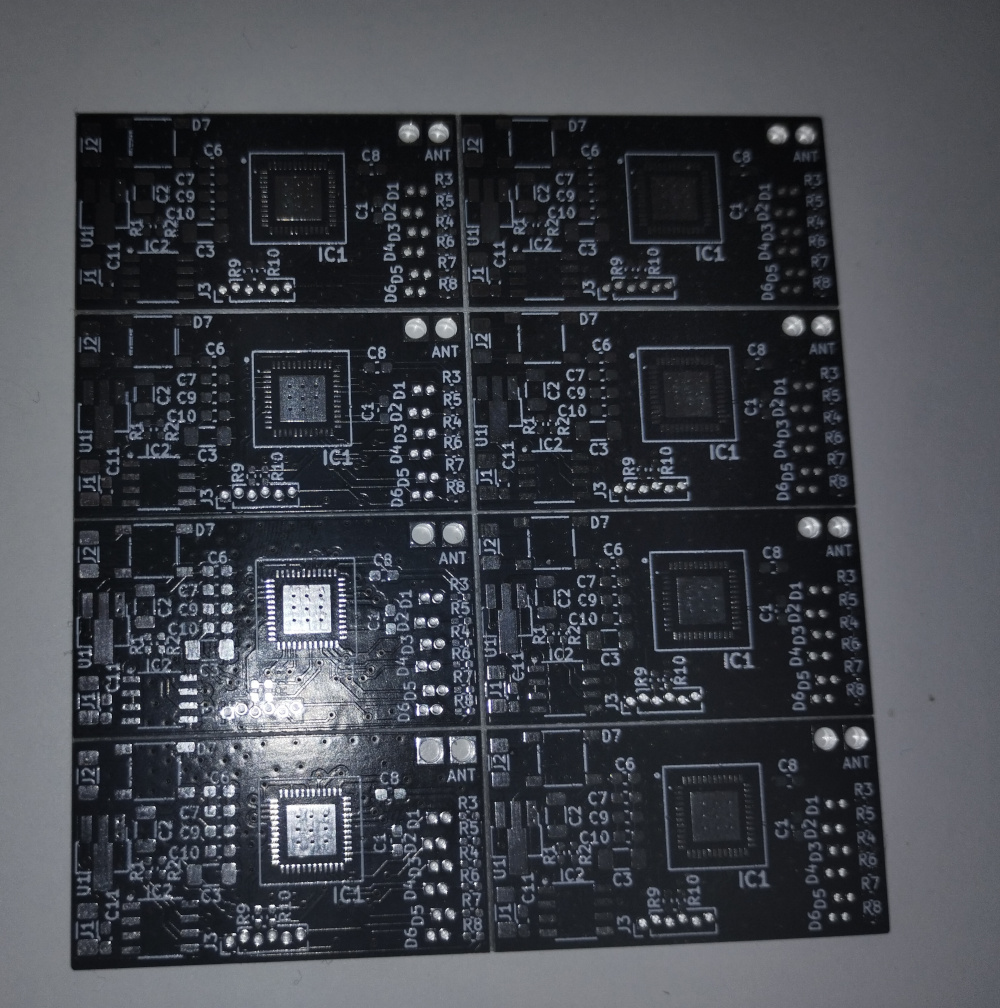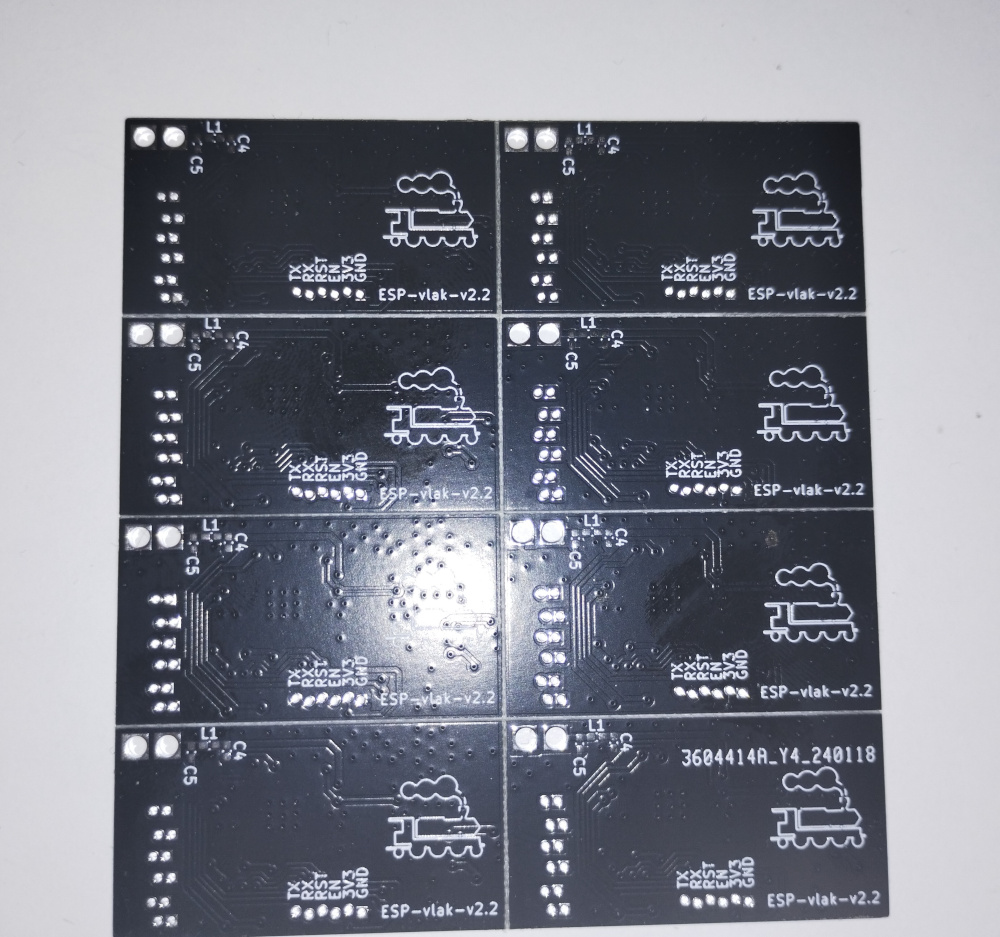For couple of years i am thinking about digitalising my model railway. The standard digital equipment is much expensive, so i am working on my own technology, based on ESP8266 and ESP32.
As first prototype i have prepared a station module, quipped with servo motors for Railroad switches, and some street lamps, all controlled with single nodemcu (esp8266) board. For now, i controll it via USB to serial converter, but in the future there will be a data bus throught all modules, and controlled remotely.
This prototype worked well, switches ar switching, lights are shining, everything works well. Whe switches now looks much more realistic, compared to relay controled ones. The movement is smooth, and the moving mechanism is hidden underneath, so nothing is visible.
Next challenge was to create PCB, which will fit into the locomotives. There would be just couple of parts and the PCB should be as simple as possible. As processor there will be ESP32, because of its better capablity of WiFi connection. Also there will be h-bridge to controll the motor and some power module, to make 12V input to 3.3V output, to power the processor.

After first iteration, with bad wiring of some pads, and second iterations, which was wired correctly, but with some manufacturing issue, the latest 2.2 version seems to work really well
I can controll the engine via ESP-now, which protocol comunicating wia WiFi, but without needing the router. It is just dirrect connection between two processors.

As a prototype it is working well. Now i have to make at least one locomotive capable to carry this module and be able to cover it whole inside. Then i will test the power consuption, and also capability to conduct some electricity because of bad connection and lacking of electricity when there is some mess between wheels and rails.
The next step will be to build a battery-powered controller that will be able to control both the trains and the track modules with switches and lights.

Jan "Jenkings" Škoda - blog
Simplifying IT, Amplifying Knowledge